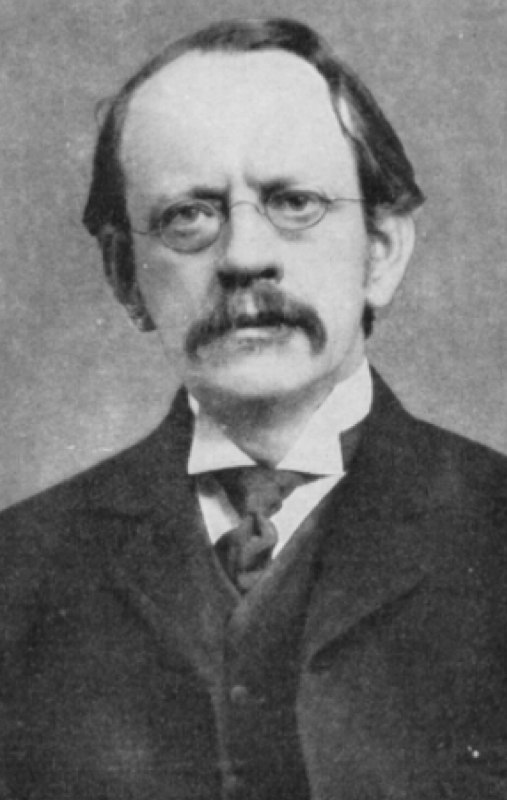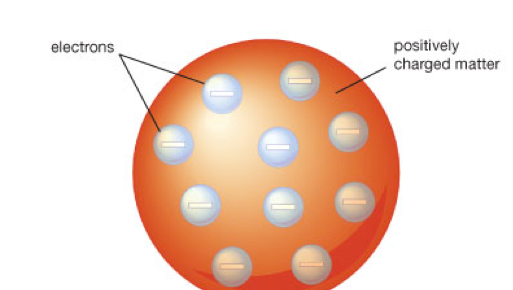Sign up for FlowVella
Sign up with FacebookAlready have an account? Sign in now
By registering you are agreeing to our
Terms of Service
Loading Flow

John Thomson


Joseph John Thomson or better known as J.J. Thomson was born on the 18th of December in 1856 and died on the 30th of August in 1940. Thomson was a physicist and a Nobel laureate in physics. Famous for the discovery and identification of the electron and the discovery of the first subatomic particle. He was elected as a fellow of the Royal Society of London and appointed to the Cavendish Professorship of Experimental Physics at the Cambridge University’s Cavendish Laboratory in 1884. In 1897 Thomson showed that cathode rays were composed of previously unknown negatively charged particles. He was awarded the Nobel Prize in Physics in 1906. Thomson believed that the corpuscles emerged from the atoms of the trace gas inside his cathode ray tubes. J.J. Thomson's separation of neon isotopes by their mass was the first example of mass spectrometry.